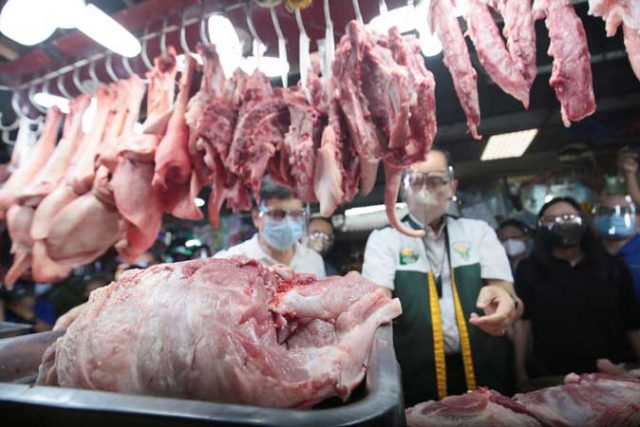Samsung investment decision awaiting talks on power rates
THE GOVERNMENT is currently negotiating power rates with Samsung Electronics that will help determine whether the South Korean multinational pursues an over $1-billion investment in the Philippines, the Philippine Economic Zone Authority (PEZA) said.
“What they want to assure is the power rates; that is what is being fixed. But the fiscal incentives have already been ironed out,” PEZA Director General Tereso O. Panga told reporters.
“They have presented prevailing rates in Vietnam, China, and South Korea, and those are going to be used as a benchmark. We can approximate the rates we can give them based on those,” he added.
Asked how much lower Samsung wants power rates to be, he said, “They are being reasonable; that is all I can say, and we have the capacity to provide it.”
He said another government agency is involved in the rate negotiations.
“Their other asks can be addressed through administrative interventions, like water; that one we are doing it from our end,” he added.
According to Mr. Panga, the new investment would expand Samsung’s operation in Calamba Premiere Industrial Parkway in Laguna.
“They have been with PEZA ever since. They will still manufacture multi-layer ceramic capacitors (MLCCs),” he said.
He added that the expansion involves a multi-story facility.
Incentives for investments under P50 billion are governed the Corporate Recovery and Tax Incentives for Enterprises to Maximize Opportunities for Reinvigorating the Economy (CREATE MORE) Act, while incentives can be tailored for investments amounting to P50 billion and above.
Under the law, President Ferdinand R. Marcos, Jr. can grant customized fiscal and non-fiscal incentives for projects at the P50 billion threshold in the “interest of national economic development.”
According to Mr. Panga, due to geopolitical events, many investments from the US, South Korea, and China are entering the country.
Mr. Panga noted that Chinese investor activity outpaced Japanese activity in the first four months.
In the four months to April, PEZA approved P63.523 billion worth of investment approvals, up 112.06% from a year earlier.
South Korea was the top source of investment in the first four months, accounting for P10.45 billion, followed by the US (P2.53 billion), China (P2.17 billion), Japan (P1.66 billion), Hong Kong (P1.14 billion), and Singapore (P1.1 billion).
“We are already seeing this momentum early on this year, we are hoping to sustain it,” he said. — Justine Irish D. Tabile












